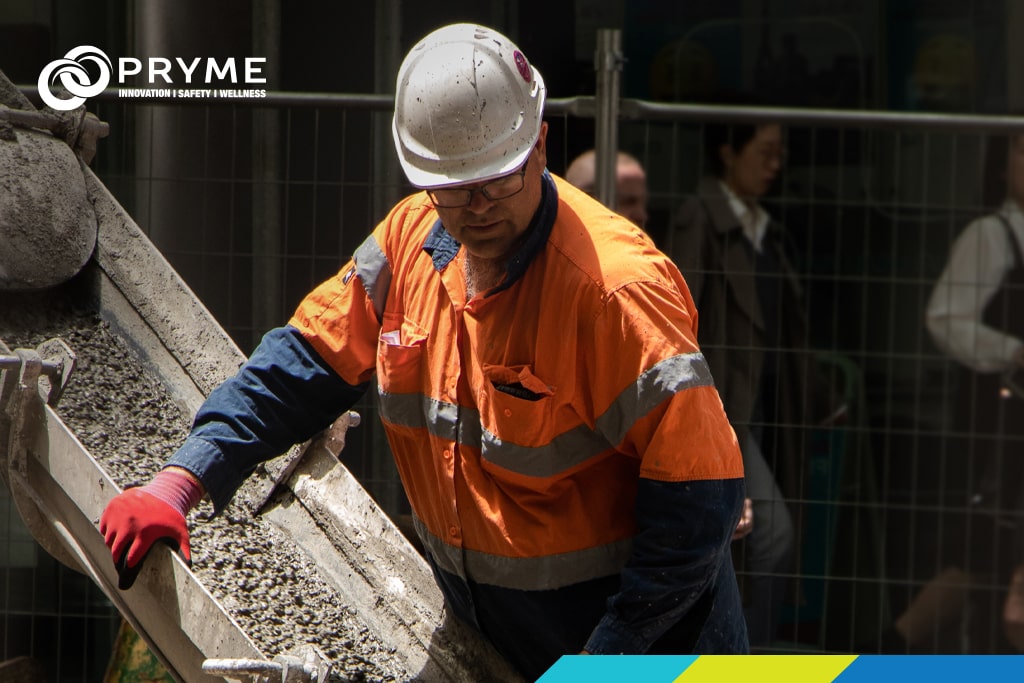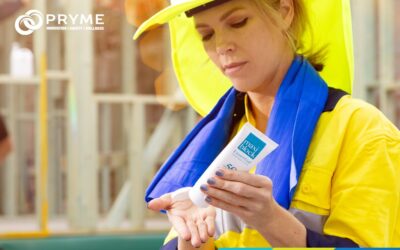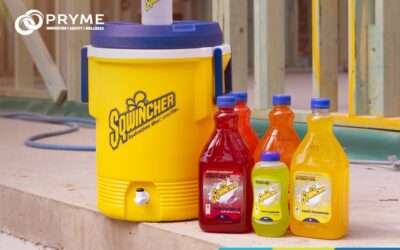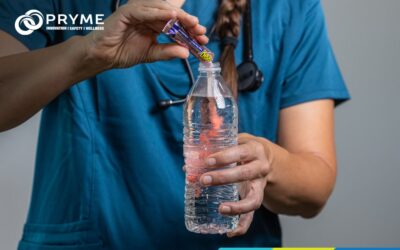Thermal Hazards

Ensuring safety in hot weather conditions involves recognising potential thermal hazards present in the workplace. By identifying heat hazards and implementing appropriate control measures to mitigate risks, the safety of workers can be enhanced, and instances of dehydration can be prevented. Our check list is here to assist in assessing potential thermal hazards in the workplace, we have compiled a checklist:
Air Temperature
- Does the air feel warm or hot?
- Does the workplace temperature fluctuate throughout the day?
- Does the temperature in the workplace vary significantly during hot or cold seasons?
Radiant Temperature
- Are there any heat sources in the environment?
Humidity
- Are there any equipment generating steam?
- Does the workplace experience weather-related humidity changes?
- Are employees wearing vapour-impermeable personal protective equipment (PPE)?
- Do employees complain about dry or humid air?
Metabolic Rate
- Do employees engage in moderate to intensive work in warm or hot conditions?
- Are employees sedentary in cool or cold environments?
PPE
- Are employees wearing PPE that provides protection against chemicals, asbestos, flames, etc.?
- Can employees make adjustments to their clothing based on the thermal environment?
- Is respiratory protection being used?
Employee Feedback
- Do employees believe there is a thermal comfort issue?
Air Movement
- Is there direct exposure to cold or warm air in the workspace?
- Do employees complain about drafts?
Thermal Hazard Controls
- Minimise the risks of working in hot environments, several occupational health and safety (OHS) controls can be implemented to reduce the occurrence of dehydration and heat stress:
Elimination and Substitution
- Schedule work to avoid the hottest parts of the day.
- Remove or replace objects in the workplace that generate heat.
- Eliminate or substitute objects that reflect and radiate heat.
Engineering and Isolation
- Use fans and blowers to facilitate air circulation.
- Install ventilation systems to enhance airflow around workers.
- Utilise barriers to maintain a safe distance from heat sources.
Administrative Measures: Hydration and Shade
- Ensure easy access to an ample water supply for all workers.
- Provide electrolytes and educate employees on their proper use.
- Establish shaded or cool areas where workers can take breaks.
Administrative Measures: Education
- Train workers to recognize signs of dehydration and heat stress in themselves and colleagues.
- Implement work-rest cycles.
- Promote awareness through educational materials like posters.
- Use urine check cards to help workers monitor dehydration levels.
- Conduct regular toolbox sessions to remind workers about the dangers of heat stress.
Personal Protective Equipment (PPE)
- Employ cooling PPE products, such as evaporative cooling neck ties and hard hat inserts.
- Utilise phase-changing cooling PPE, like ice vests.
As temperatures soar in unpredictable climates, working outside can cause overexposure to the sun, leading to heat stress and dehydration. Workers across Australia and New Zealand are asking themselves what to wear when working outside in the heat.
According to Safework Australia, working in extreme heat can lead to a range of heat-related illnesses, including heat rash, heat exhaustion, and heatstroke. It’s essential to know the signs of heat stress and take measures to prevent it.
RELATED: Humidity & Heat Stress Management
REFERENCE: https://www.safeworkaustralia.gov.au/safety-topic/hazards/working-heat/checklist-managing-risks-heat-workplace
Categories
Recent Posts
- Understanding Heat Stress Risks for Outdoor Workers in the Tropics
- How Australian Businesses Can Prepare for Extreme Heat Events: Insights from KPMG’s Heat Report
- Battling Sun Poisoning: A Comprehensive Worksite Guide to Prevention & Treatment
- Get Ready to Make a Difference: Pryme’s Business Clean Up Australia Day 2024
- Chill-Its Cooling Gear for Every Heat Warrior: Personal Cooling PPE Done Right
Brands
- Ergodyne
- Sqwincher
Sqwincher is an electrolyte enhanced beverage for effective hydration and is the recognised leader in providing hydration solutions to hot workplaces, to help reduce heat related illness and accidents. Keep your workers safe and productive with Sqwincher hydration that works.
- Maxiblock Sunscreen






